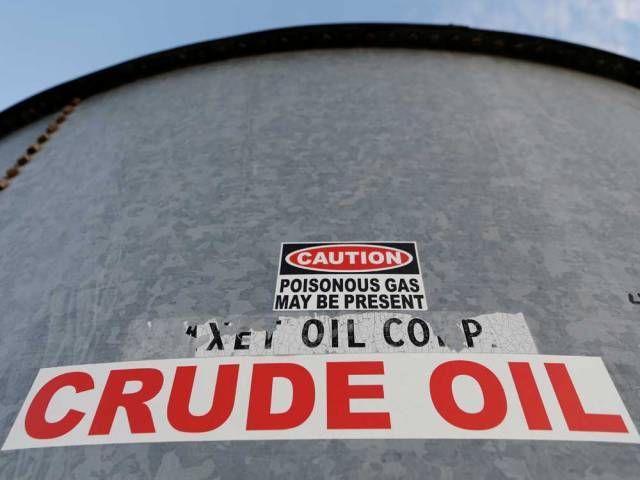OldSolduer
Army.ca Relic
- Reaction score
- 20,790
- Points
- 1,260
Watch Star Wars. Or perhaps hold an Inquisition from time to time?If a Hudson Bay port isn't open year-round and is supposed to be a terminus for a pipeline, what do the people on the input end of the pipeline do with their products when the port is shut down?








